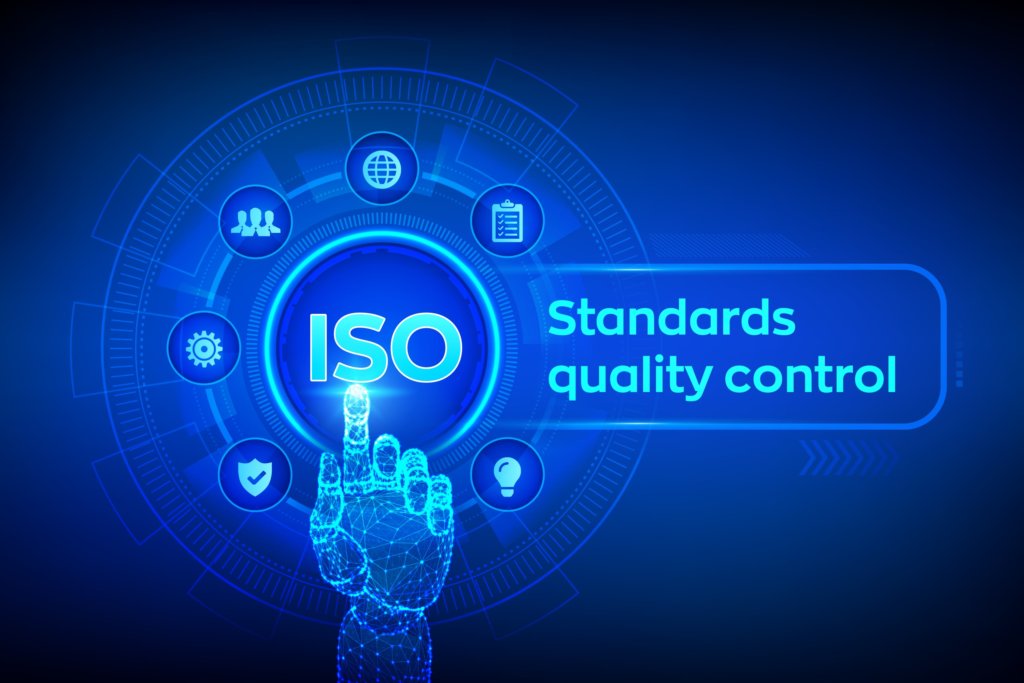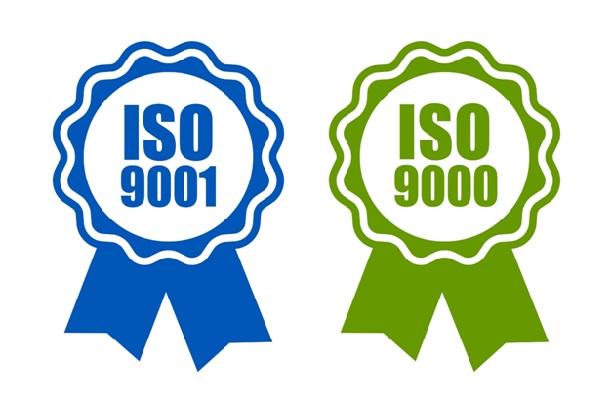ISO Certification or International Organization for Standardization is called as ISO to ensure quality and safety. It is non-government and international set body which consist of various members from both private and public institutions. The ISO formed in the year 1920. It was found as ISA (International federation of the National Standardizing Associations). ISO is the substitution to the International Federation of the National Standardizing Associations (ISA), which worked from 1928 to 1942. ISO registration gives the details about its evolution.
In 1946, after World War II, ISA people and the United Nations Standards Coordinating Committee (UNSCC) held a social occasion on all-inclusive standards. Their work provoked the improvement of ISO as a nongovernmental affiliation the following year. ISO appropriated its first standard, ISO/R 1:1951 (Standard Reference Temperature for Industrial Length Measurements), in 1951.
ISO at its initial stage

The standard is presently known as ISO 1:2016. Beginning at 2018, ISO had circulated more than 22,000 measures. As showed by ISO, ISO isn’t a truncation. It is a word, got from the Greek ISOs, meaning “comparable,” which is the root for the prefix ISO-that occurs in an enormous gathering of terms, for instance, isometric (of proportionate measure or estimations) and isonomy (reasonableness of laws, or of people under the vigilant gaze of the law).
The name ISO is used far and wide to mean the relationship, along these lines avoiding the assortment of abbreviated structures that would result from the understanding of ISO.
Types of ISO
The ISO contains various types so that it continuously improves quality. Also it meets the customer requirements. Most of the family of ISO contain the ISO 9000. For quality management there are 14 standards. Let’s take a look at few. ISO 14001:2004. For environmental management framework (EMF), it is standard of improvement. ISO 14004:2004, it gives more data of EMS, ISO 5001- to regulate energy management. ISO/TS 16949 refers to automotive industry. Here TS refers the Technical Specification. Before British Standards Institution (BSI), 1999, the ISO/TS 16949 was created by IATF.
The medical equipment comes under the standard ISO 13485 is a single document. ISO 31000 is used for the effective risk management. ISO 26000 denotes the social responsibility. It was first released in the year 2010. For the purpose of sustainability management, ISO 20121 was introduced in the year 2012. ISO/IEC 2700 is given for information security managements systems.
ISO 14000 stands for environmental management. The ISO 28000:2007 standard is given for the security management systems for the supply chain. ISO 37001:2016 is given for anti- bribery management system. International Organization for Standardization 45001 is the standard given for occupational health and the safety. ISO 22000 standards is given for the Food management systems. Hence almost all the industries come under the ISO to make available them to the public that will say about its safety and quality indirectly. Best ISO consultant should seek then.
ISO certification process

The ISO consultant helps in this process. The application process contains the following. First are the application review and the contract review. Then there will be initial certification of the audit. Stage 1 and stage 2 audit. It is then followed by certification decision. Then there happens the continual assessment, renewal audit. Base on those reports, suspending, withdrawing, extending or the reducing scope of certificate will be given.
The benefits of ISO
The benefits of ISO are many stated by ISO consultant. ISO prevails in various places. So there are many advantages. The main purpose of ISO certificate is to satisfy the public. If better quality and efficient service are provide by an organisation or the company, and then the customers will be happy. It also adds reputation to the concern and the staff members. They may conduct many training programmes to have better awareness to the people about the quality and the safety.
The audit is taken in the company during the registration process and so there will be less time consumed, in keeping the records accordingly and to have a continuous flow in the business. There is efficiency and also there is productivity. Since most of the customers can be able to buy the products, because of the ‘trust’ they have, the business will be developed and the business can also be expanded.
Steps for ISO certification

The following are the steps for ISO registration. There are 4 essential steps in the registration process. Management system should be developed. In this, you have to first identify the business. Documents should be processed, followed by the review, distribute of the documents should happen. Then the system should be implemented. To implement the system, the employees should have enough and proper training. To cover the inspection, you should report the system. Then it must be reviewed and proper planning should be done. To verify whether the system is effective or not. The audit and the review process should be effective. The weakness and the strength of the management are properly inspected. And finally the system should be registered. For external registration proper body should be chosen. Reviews should be register for the external auditor. ISO consultant should follow these steps.
Principles of ISO

The ISO consultant gives the basic principles. The principles include the involvement of the public. A process to meet the greatest quality management is achieved in the ISO. Since there are many requirements, and demands around every corner, there will be all chances to have the improvements. The decision making becomes feasible, since there are many reviews been undertaken by the people. One standard is a guide for the others.
These rules spread quality structure, quality organization, and quality insistence for different sorts of associations depending upon how much they arrangement similarly as collecting things. One more of the standards covers threats, costs and points of interest, the board commitment, quality system measures, and other structure obstructs that help customers with modifying quality rules to acclimate to certified conditions. With this accreditation close by, an association can all the more likely offer its item or administration to its client.
It can say that the item or administration is the aftereffect of a procedure that constantly tried for quality. The administration of the European Union has commanded that a few items won’t be brought into Europe except if the trading association can show consistence to ISO 9000. ISO certification is an important aspect also an asset as we know through this blog.
We Solubilis provides ISO certification in Coimbatore. We are the trusted ISO Consultants since 2010. For more information, contact.
